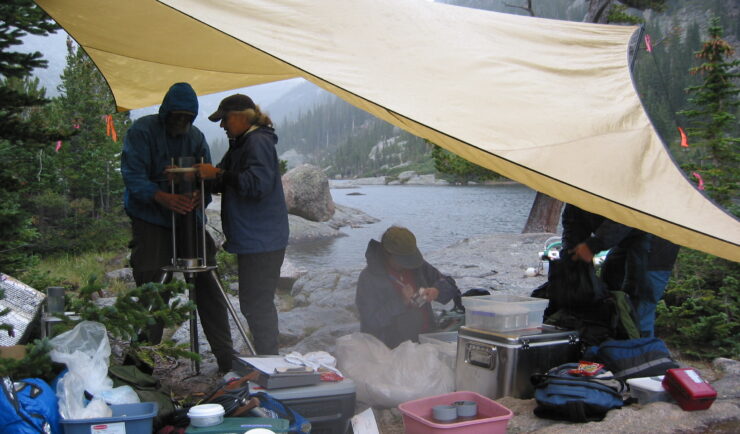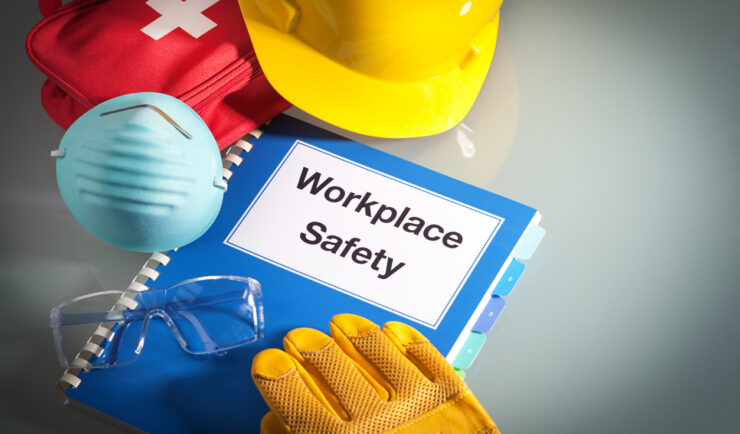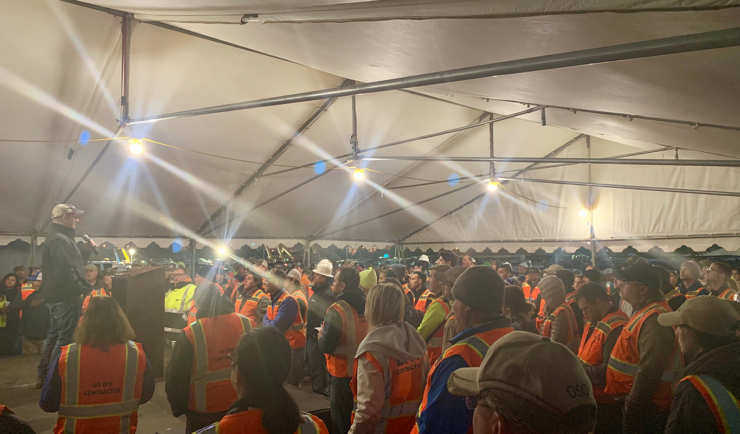Expert Guidance to EPA’s Consequence Management Advisory Division
Technical Support for EPA’s Consequence Management Advisory Division (CMAD) – CSS provides expert technical guidance and field support related to chemical, biological, radiological, and nuclear (CBRN) decontamination.
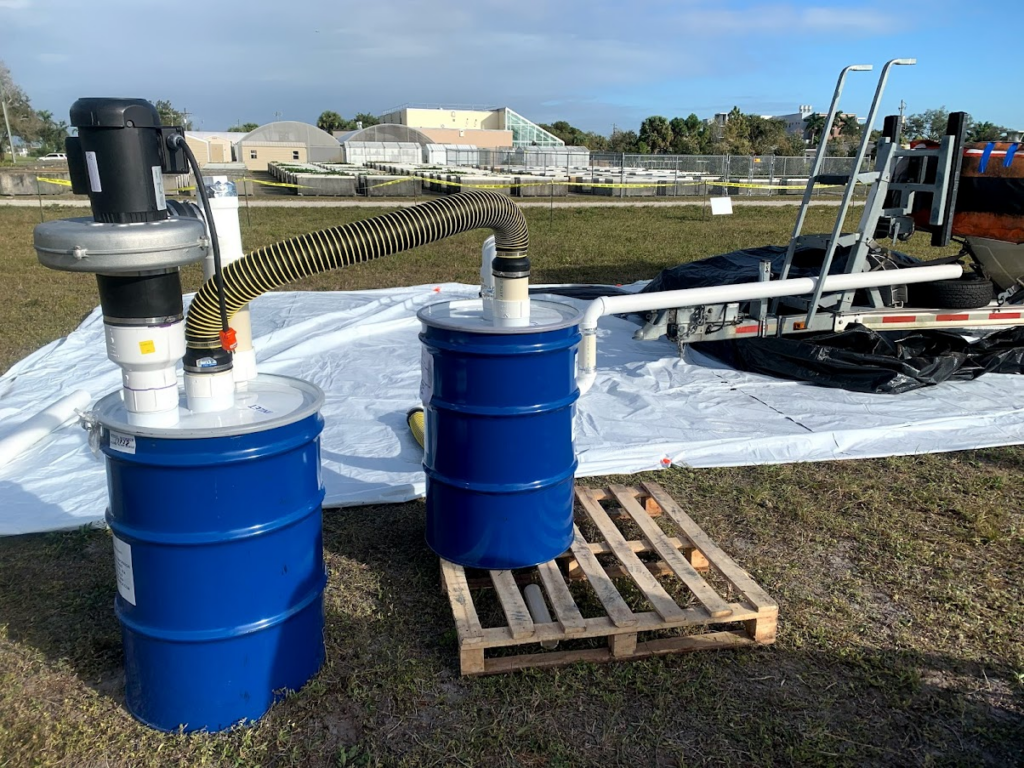
Acts of terrorism and other incidents can release dangerous chemical, biological, radiological, and nuclear (CBRN) materials. CSS researches and documents information on the best practices and most effective technologies for CBRN response.
About this Program
Our emergency response specialists prepare the technical guides, reports, databases, and other resources that guide responses to chemical, biological, radiological, and nuclear incidents. Our work provides national and local first responders with the tools they need to protect human health and the environment.
Working closely with EPA’s CMAD since 2007, CSS staff presents state-of-the science information in easy-to-use documents designed for federal, state, and local emergency responders and decisionmakers. We also help plan for and perform field demonstrations and exercises. This field work tests, refines, and documents the effectiveness of proposed approaches and decontamination technologies following the release of CBRN materials.
By the numbers:
100Tasks or Technical Directives performed for CMAD since 2007
40+CBRN tactical, field, and quick response guides produced for first responders
16Field demonstrations and exercises supported
Additional Projects
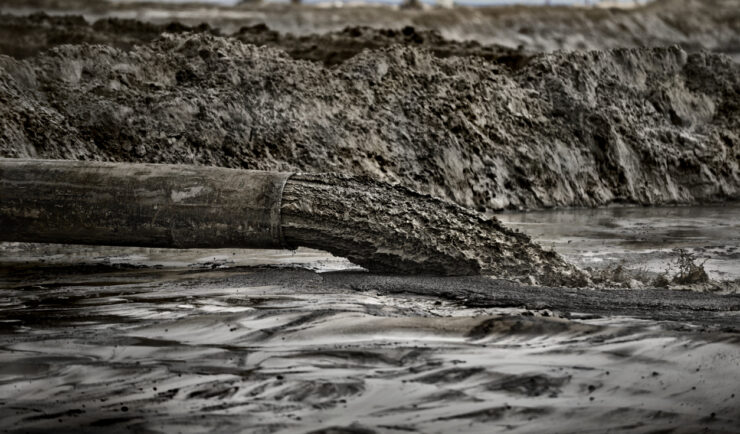
NUCO Oil Pit removal
CSS supported EPA as the field team leader on a removal assessment at an abandoned oil pit site in Oklahoma.
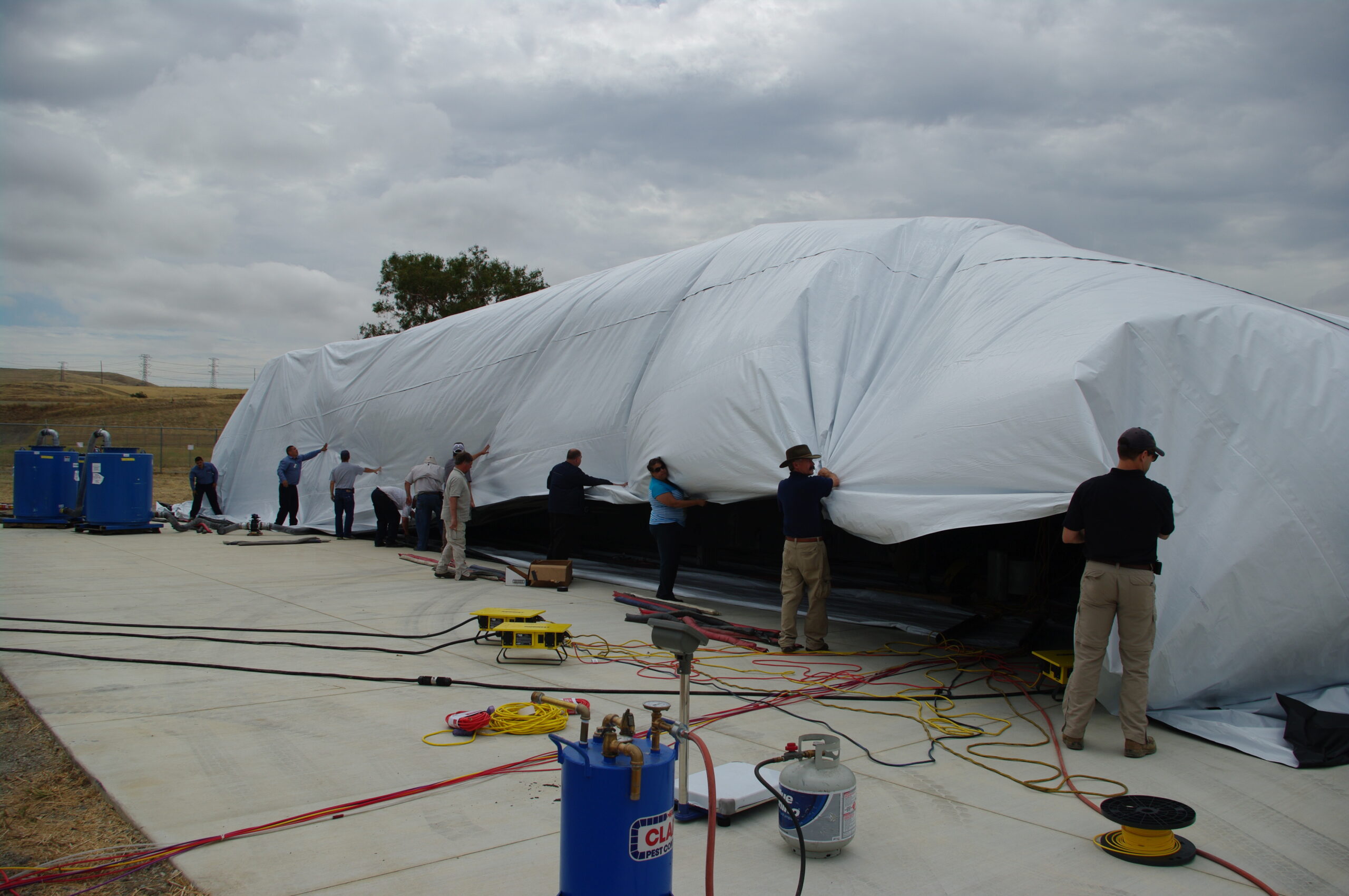
Decontamination Field Tests for EPA
CSS staff helped design, plan for, and implement field tests of decontamination technologies and methods using MB for EPA’s Consequence Management Advisory Division.
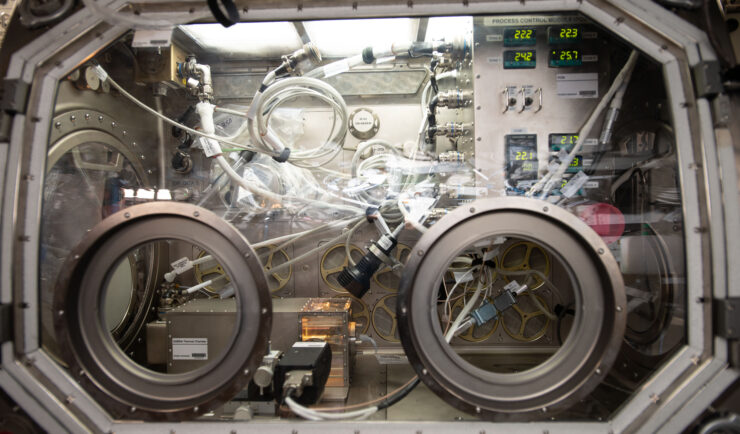
SUBSA Implementation Partner
SUBSA (Solidification Using a Baffle in Sealed Ampoules) SUBSA is a high-temperature furnace on the International Space Station (ISS) that melts materials at a controlled rate, holds at maximum temperature to stabilize, and then solidifies at a precise cooling rate via a gradient freeze technique in a microgravity environment. A transparent zone in SUBSA enables…

Get in touch
Contact us to learn more about our projects, capabilities, solutions, and service offerings.





